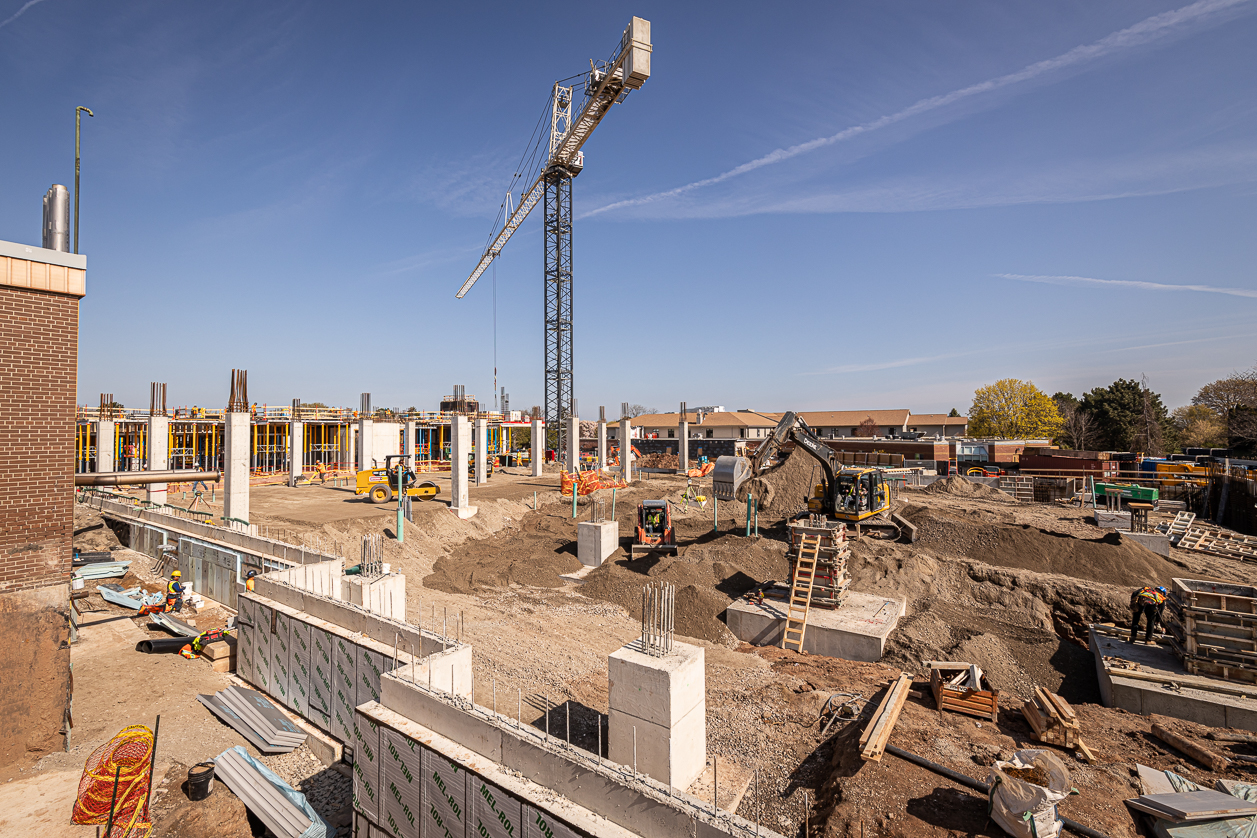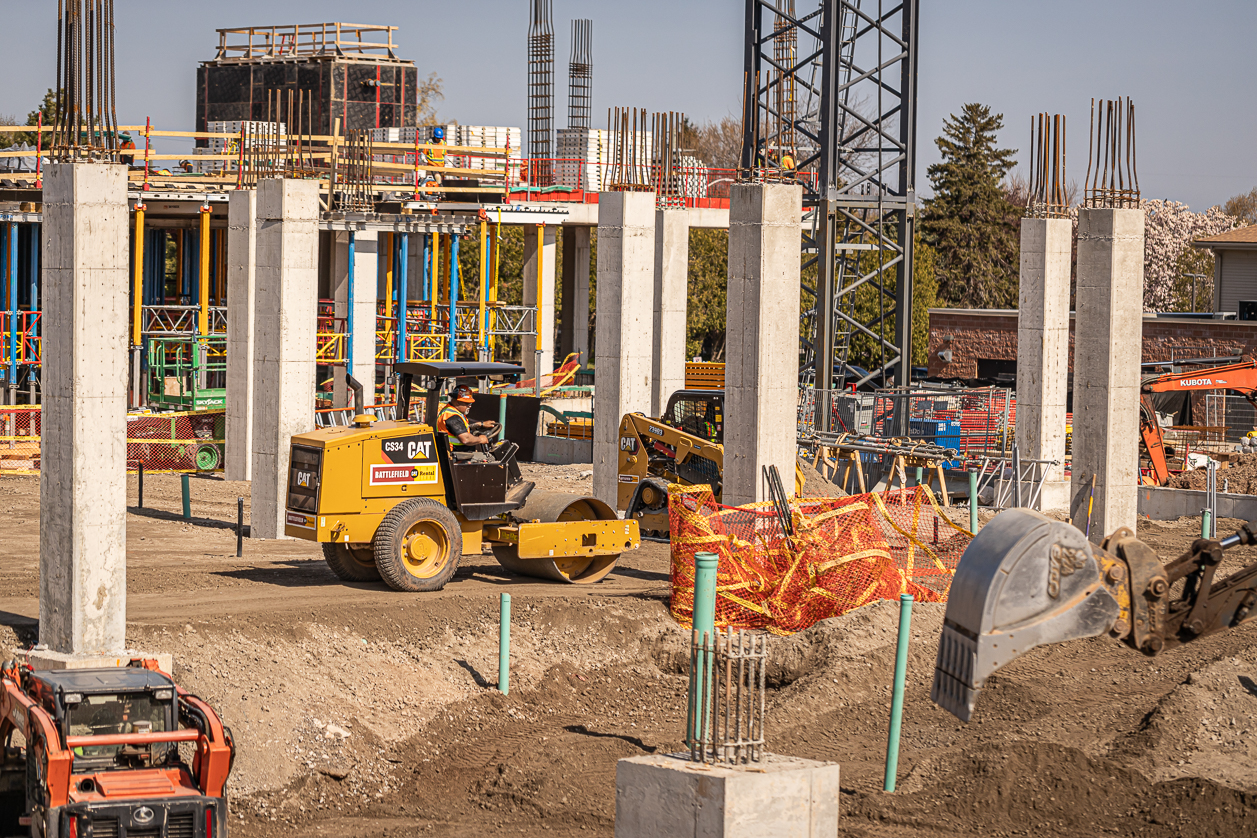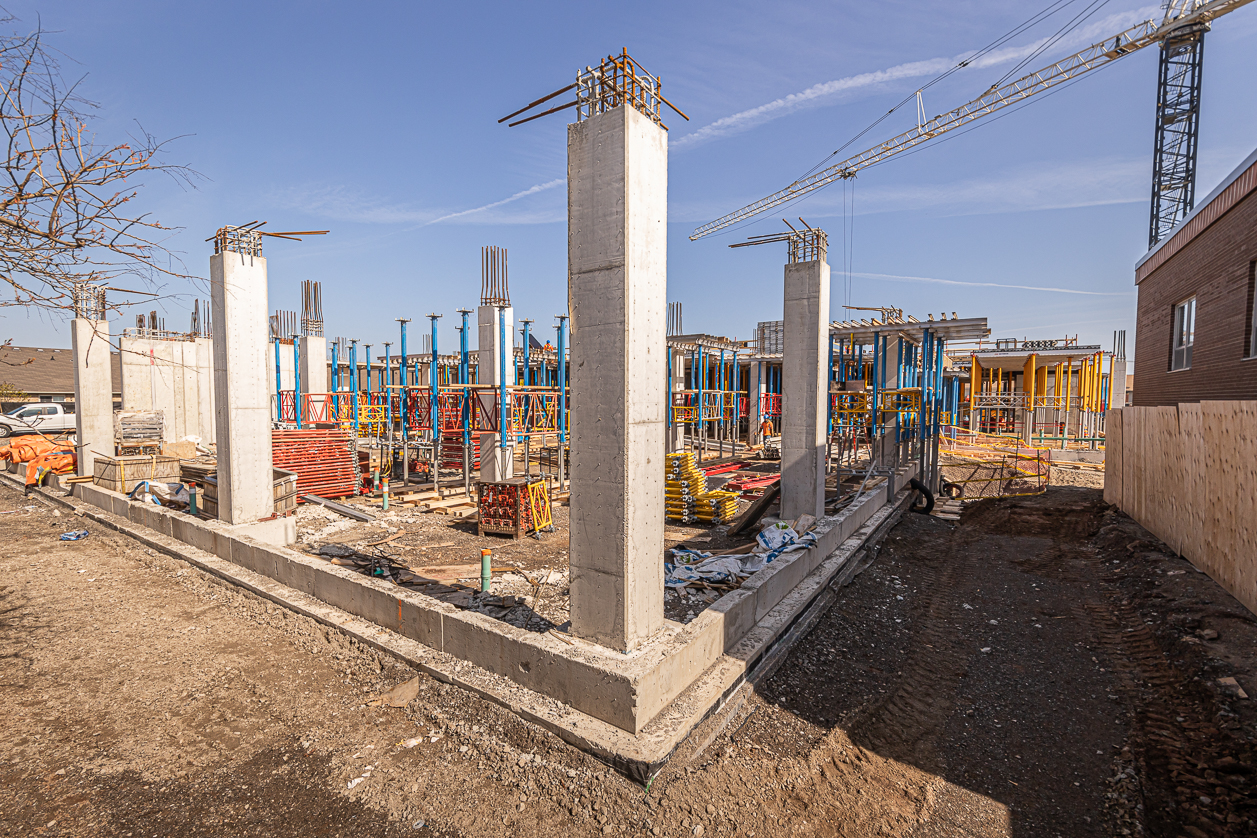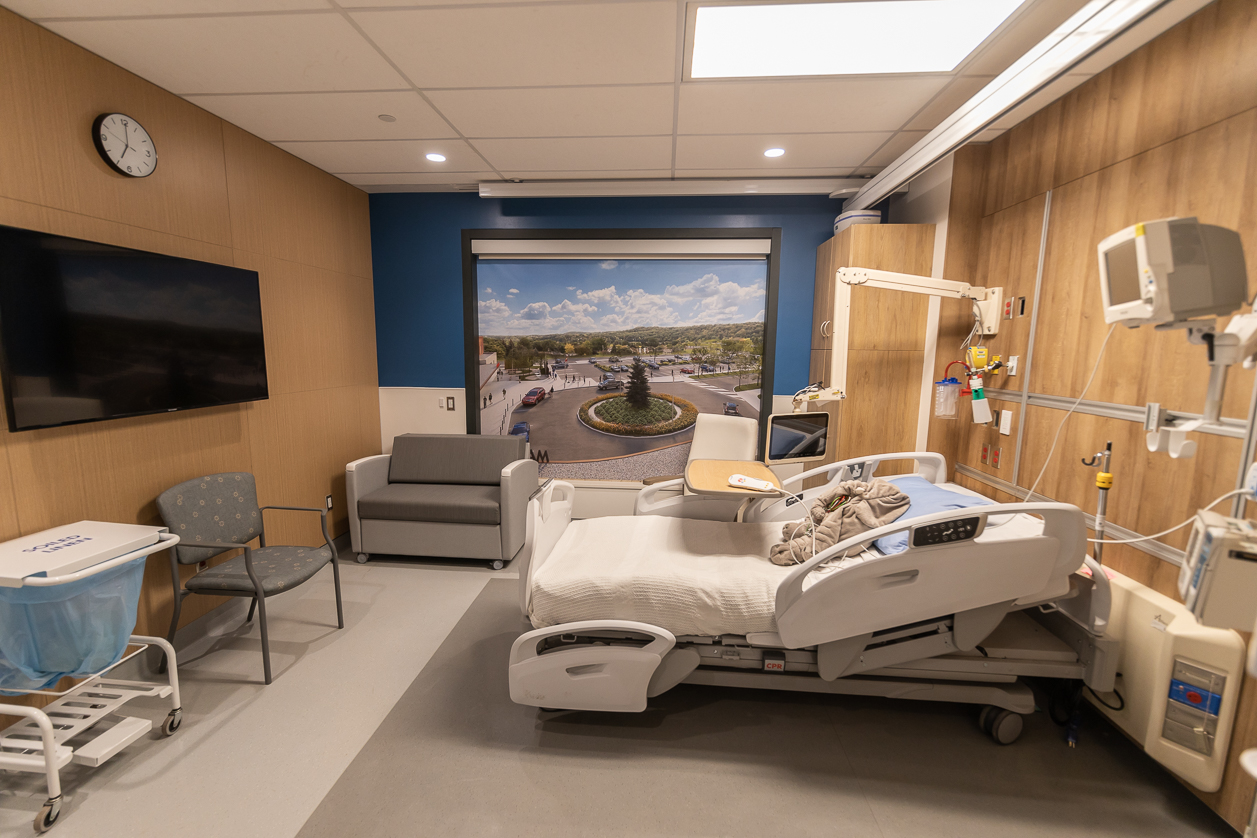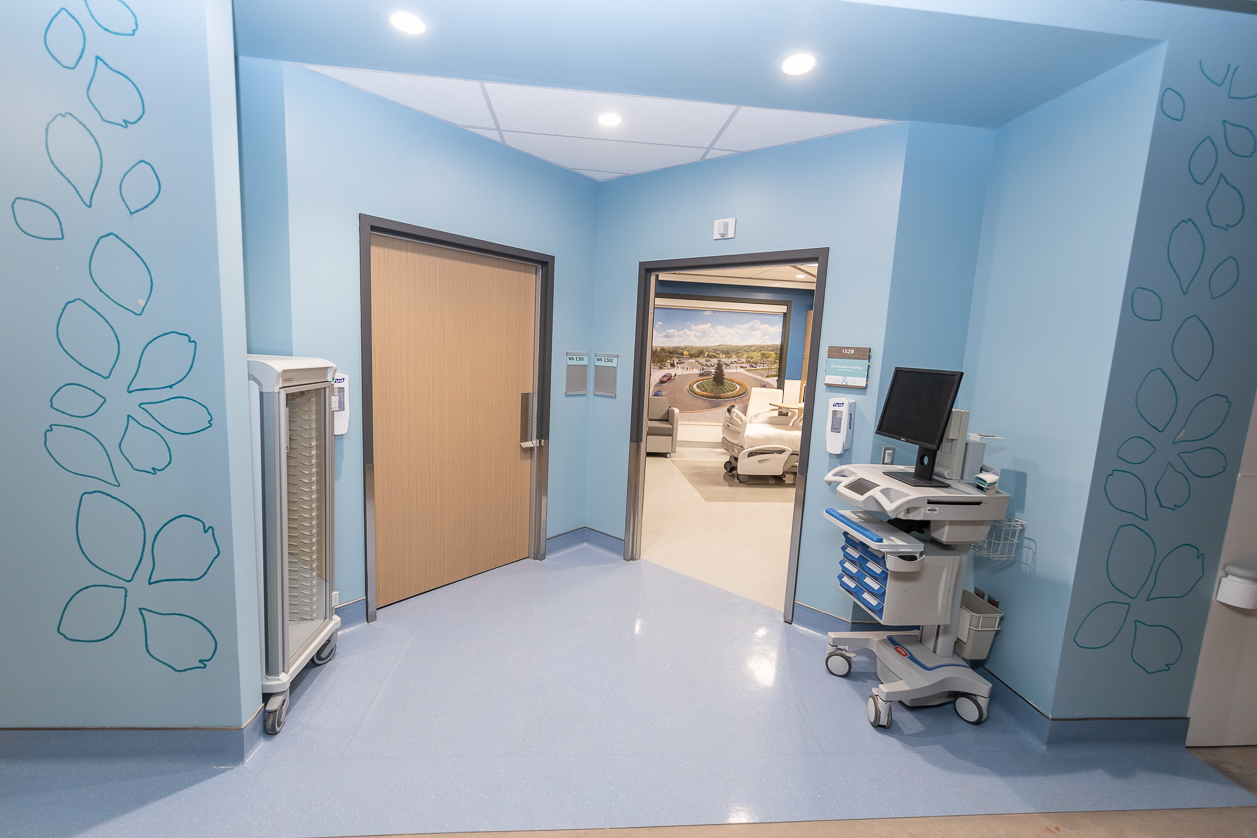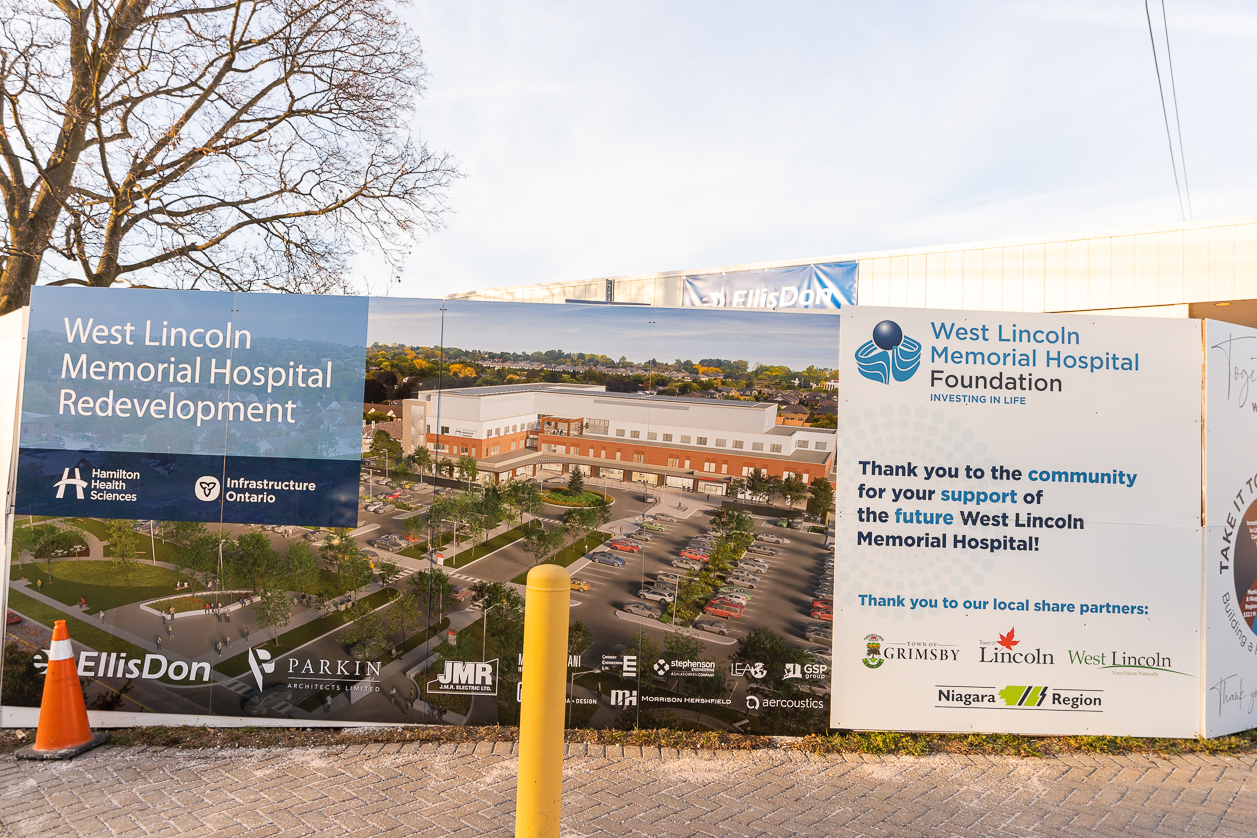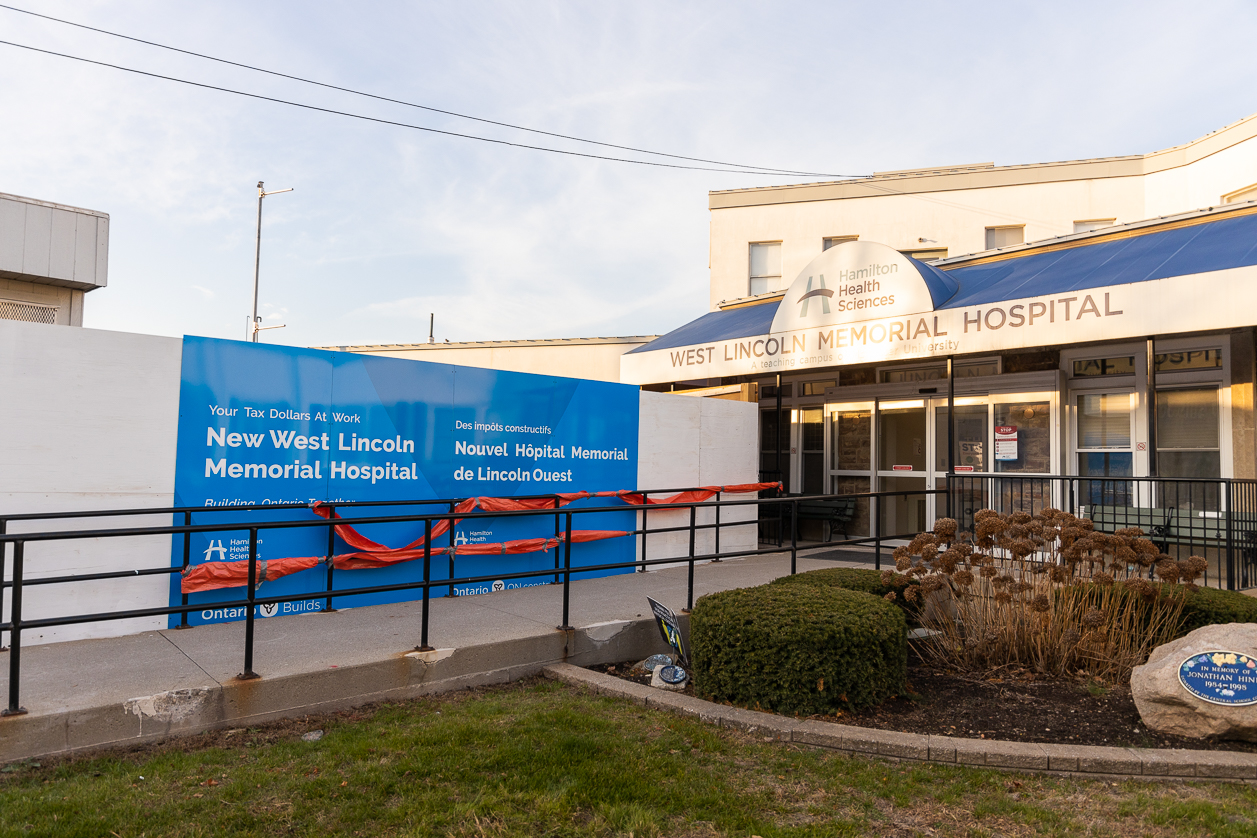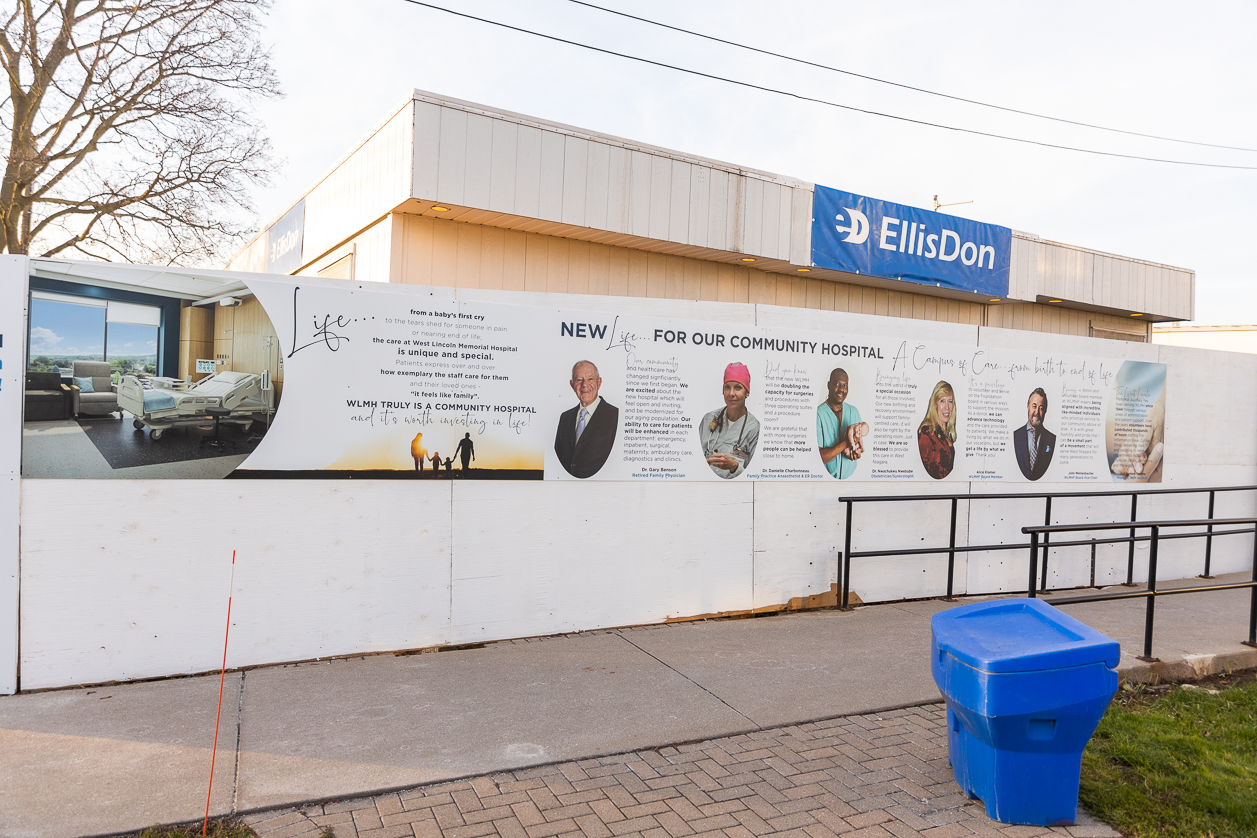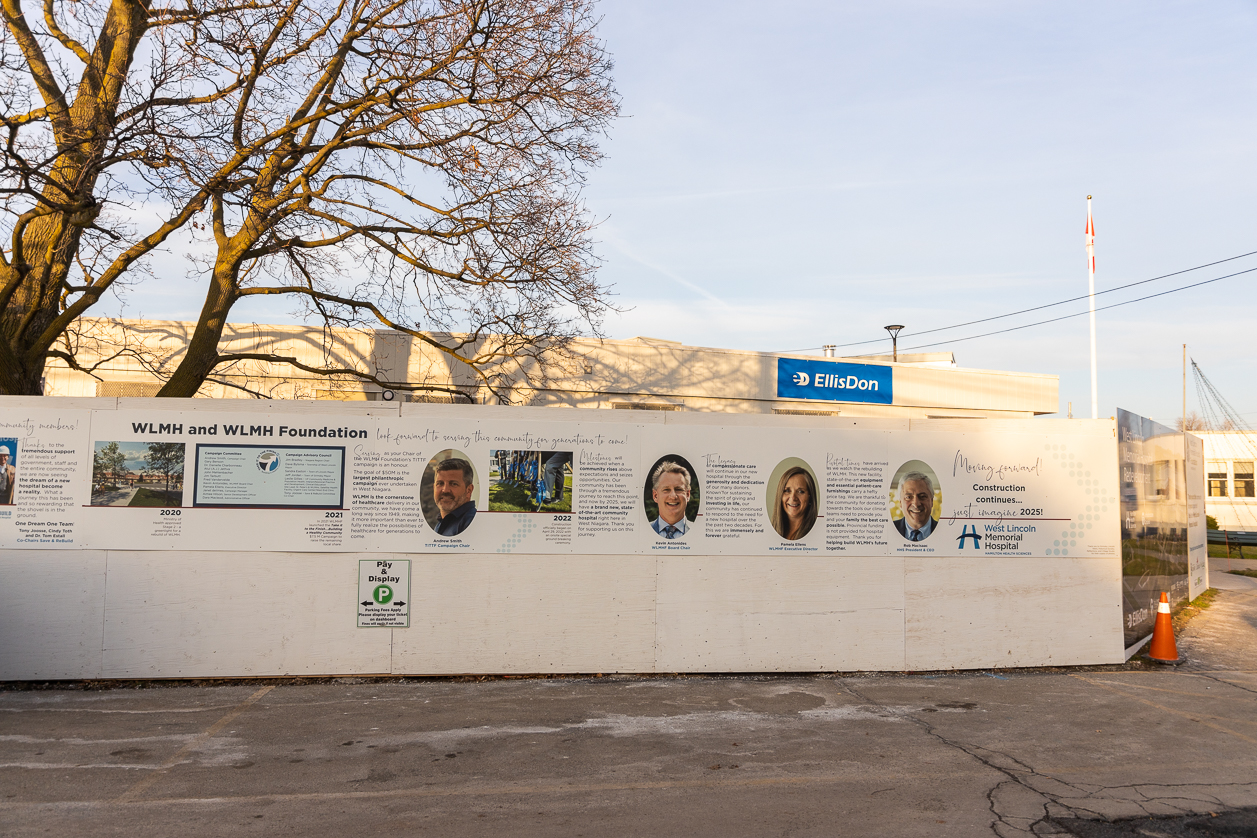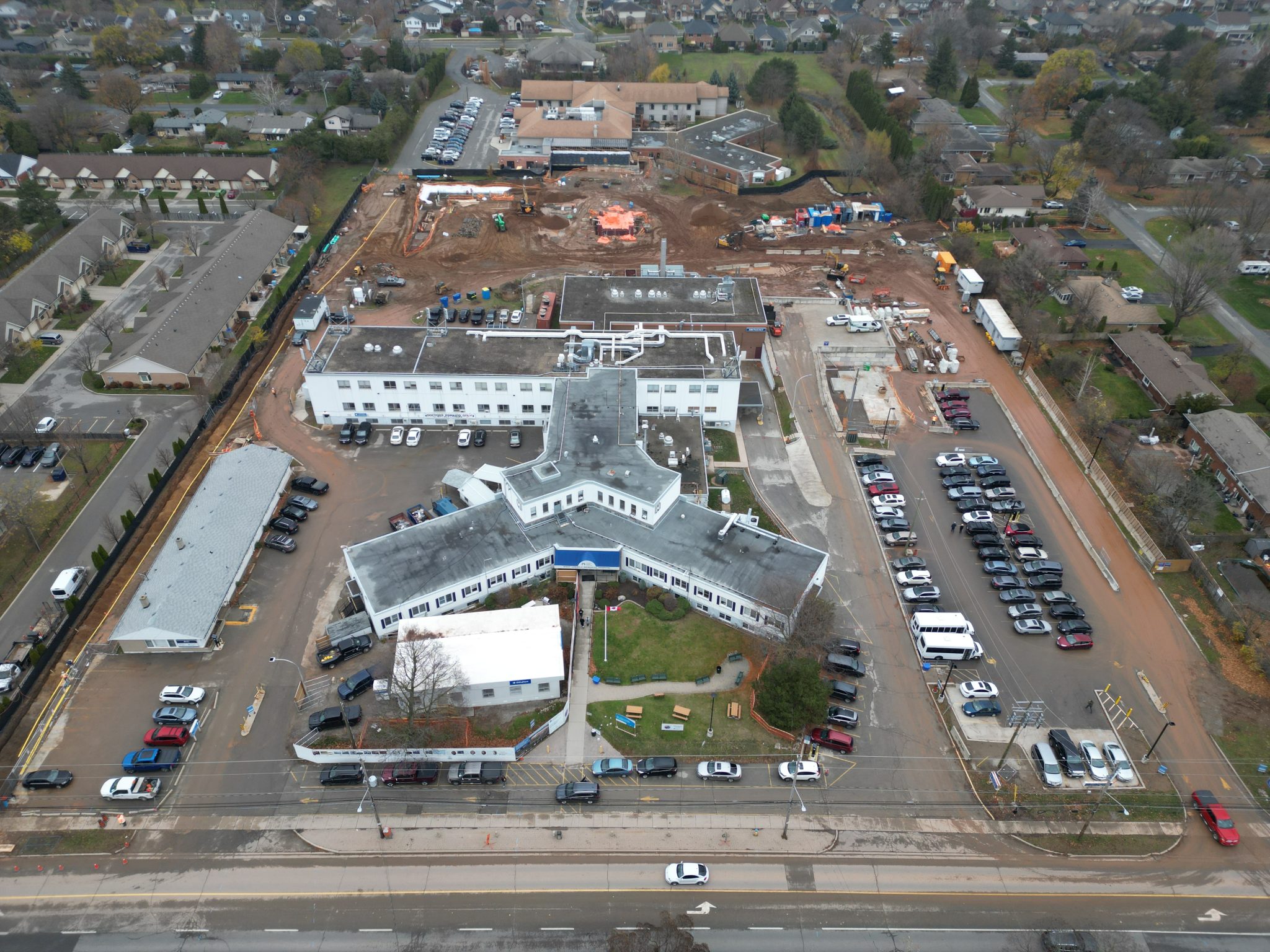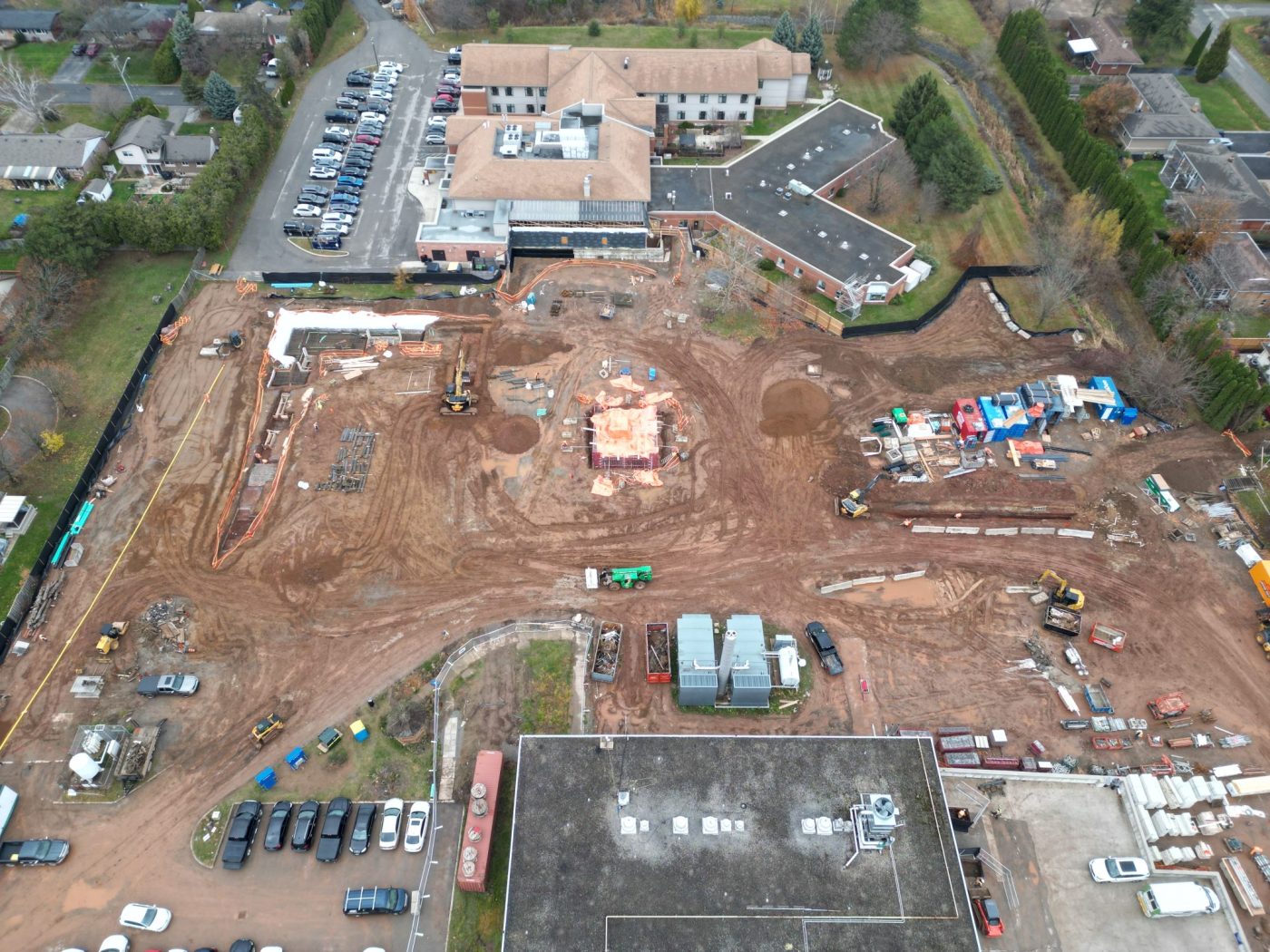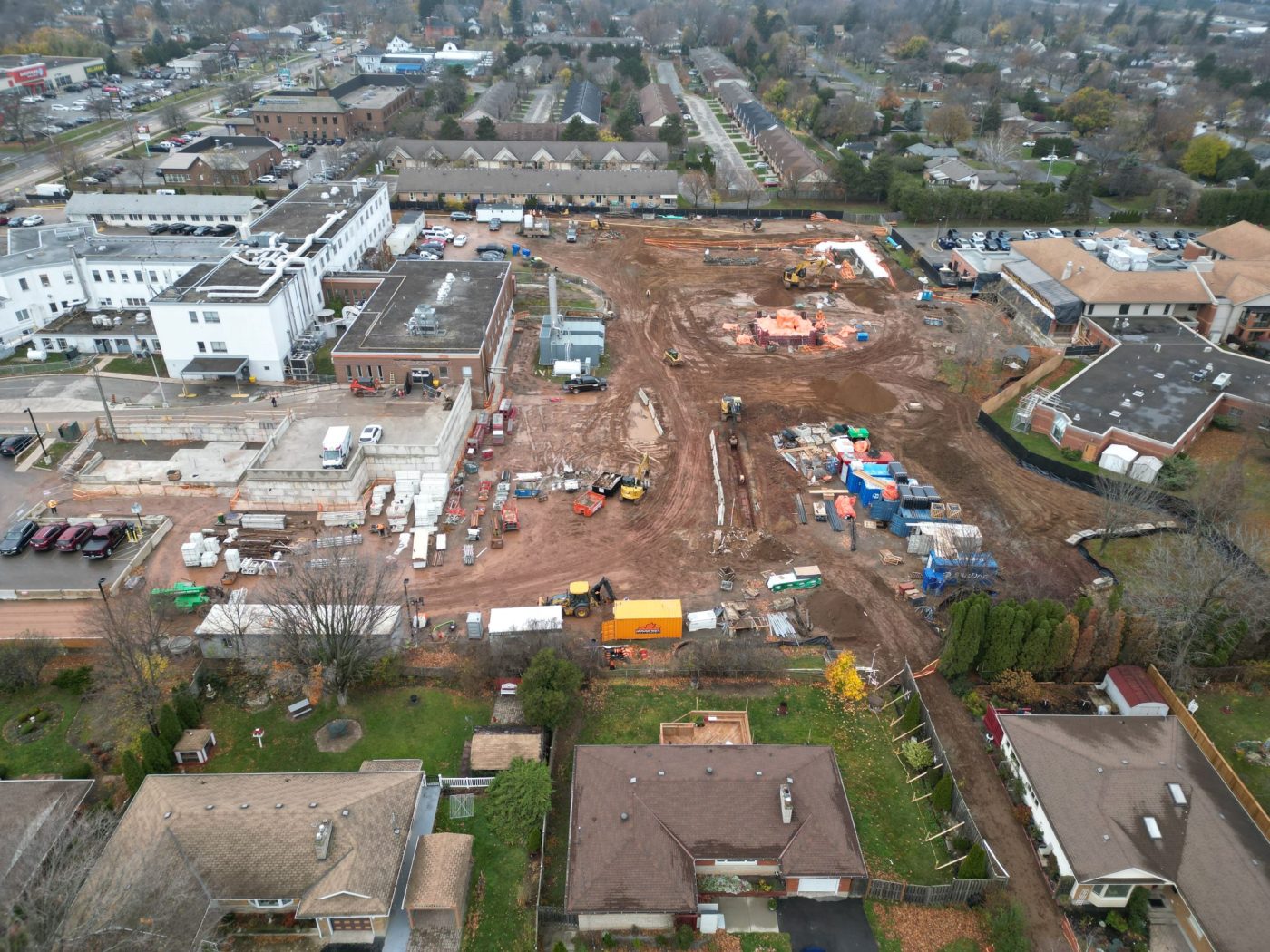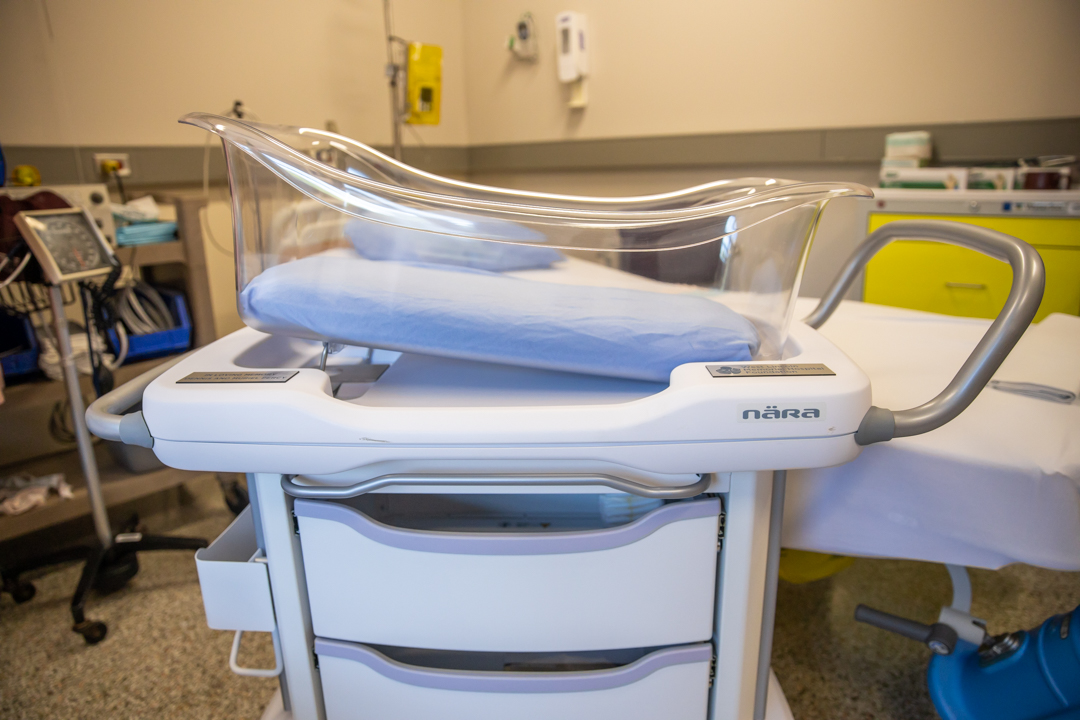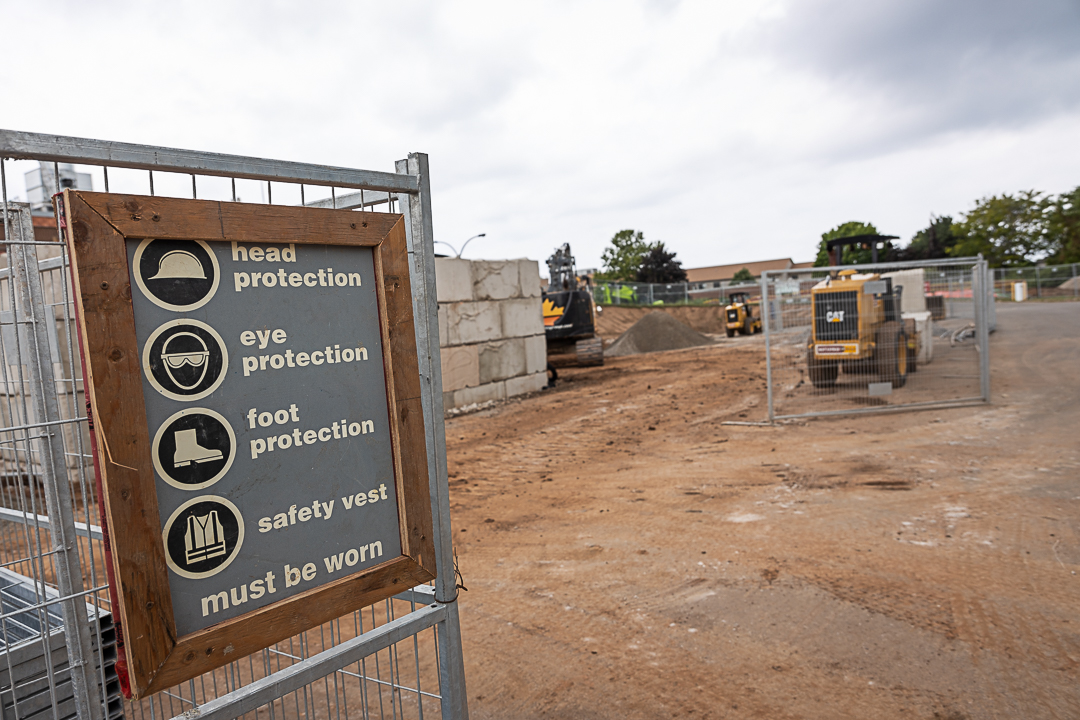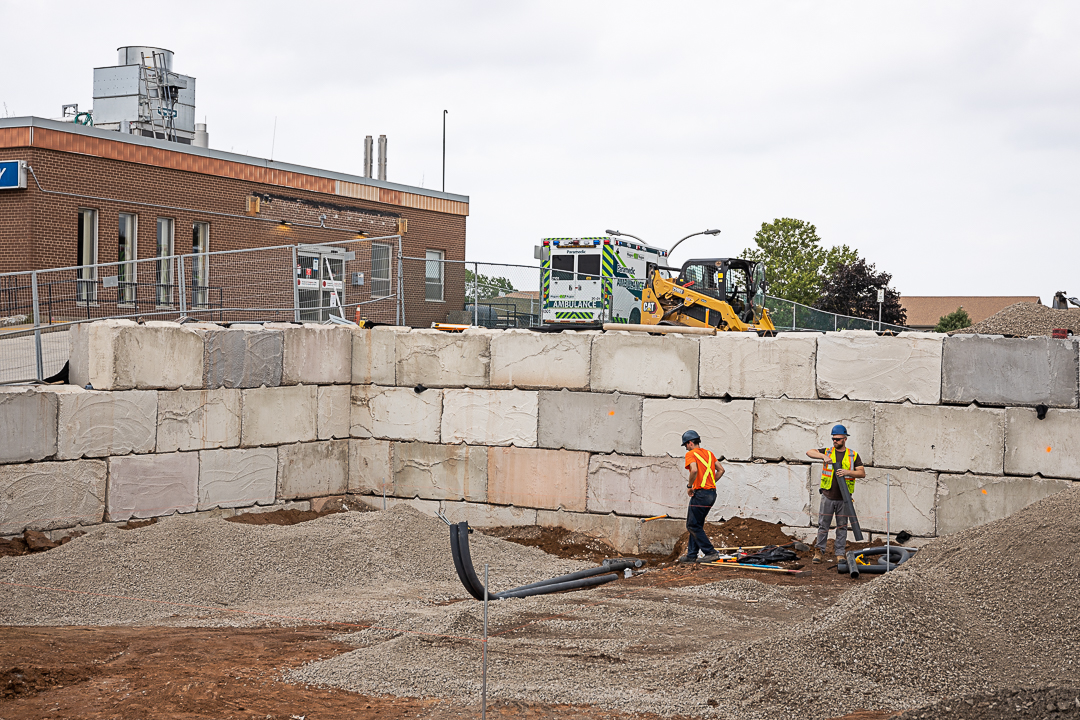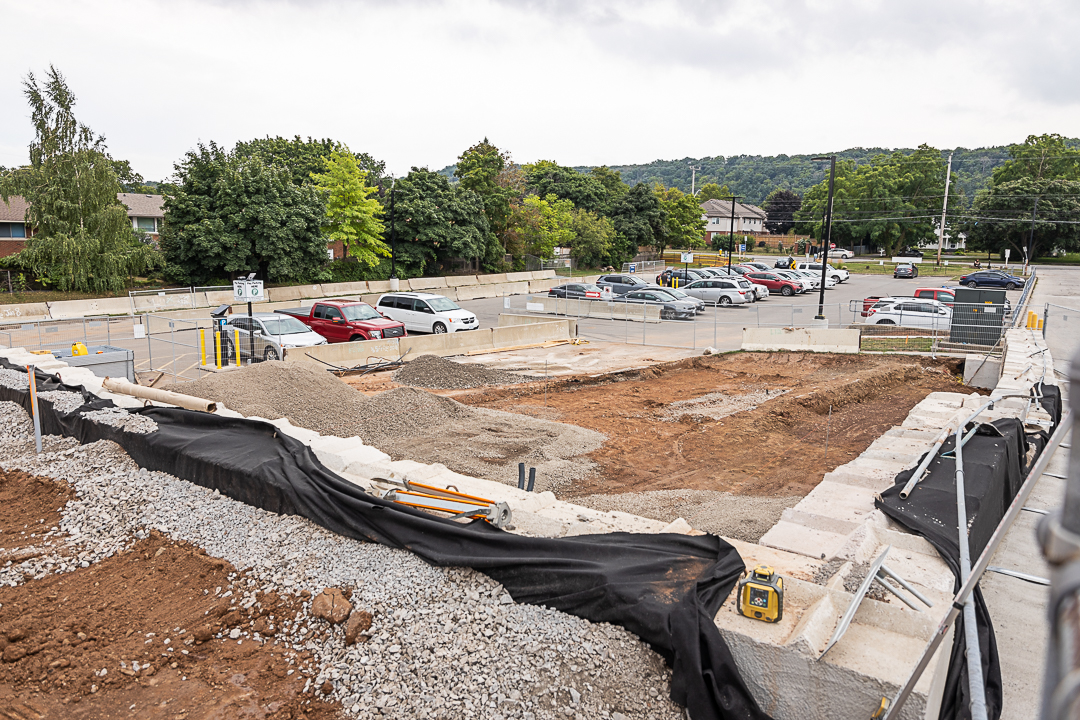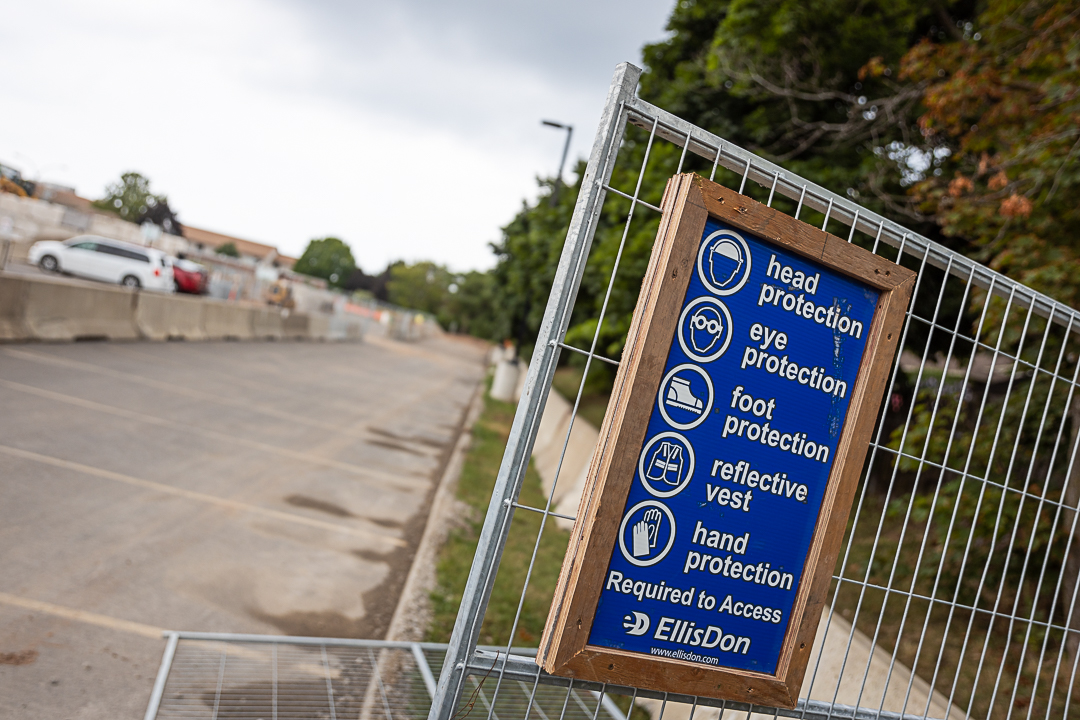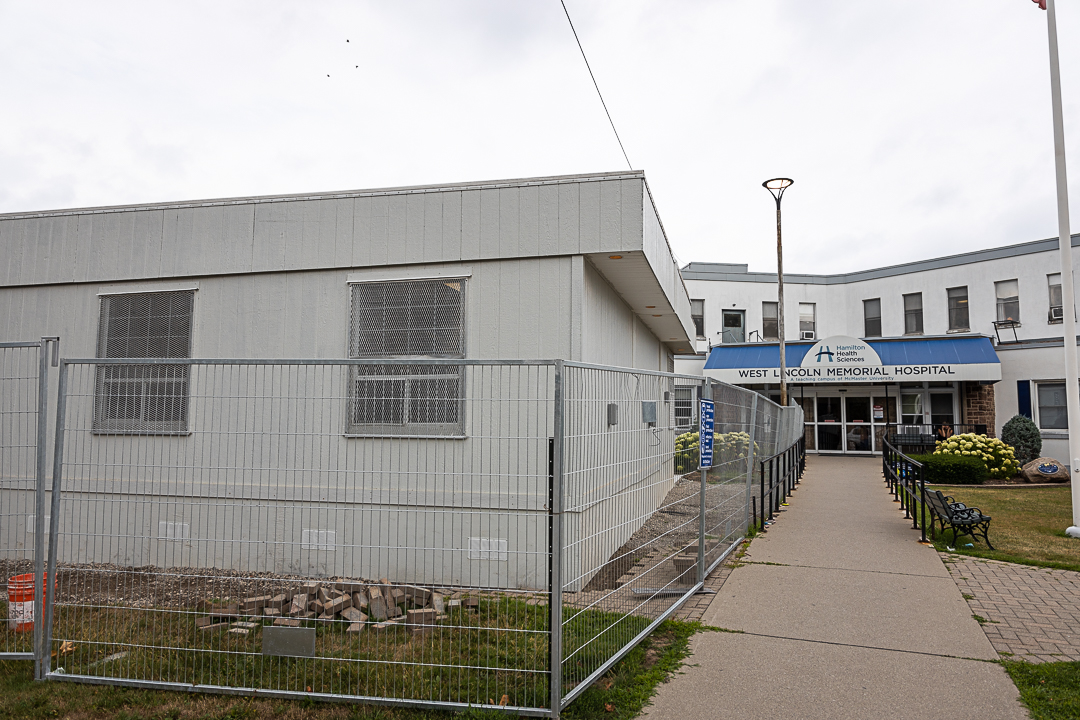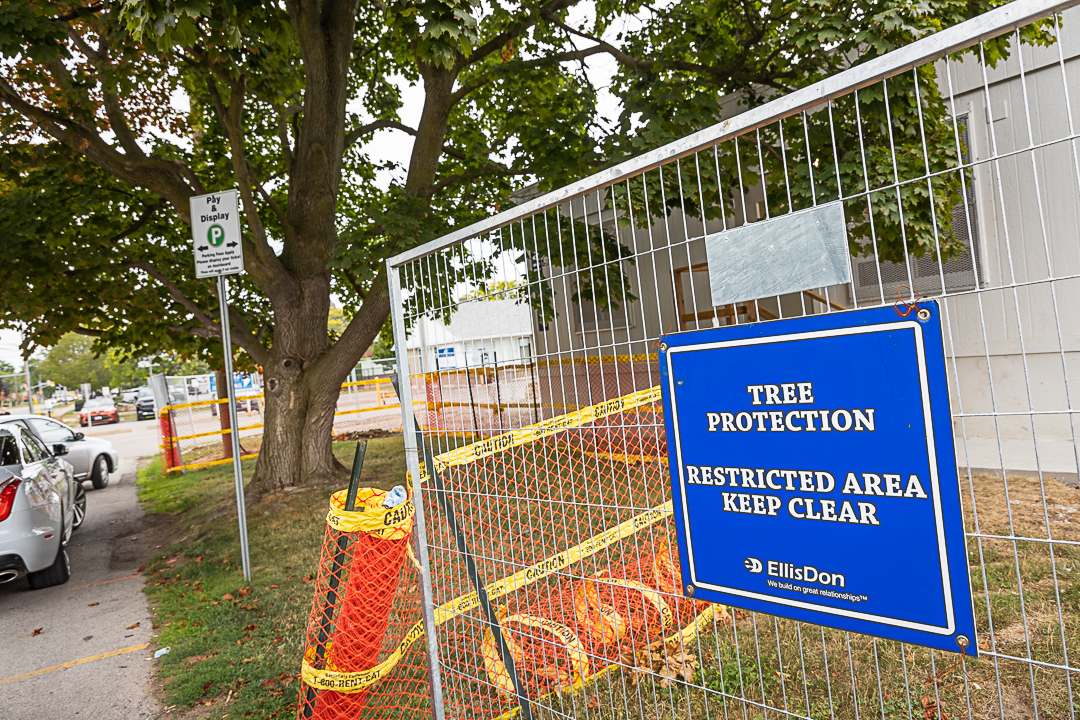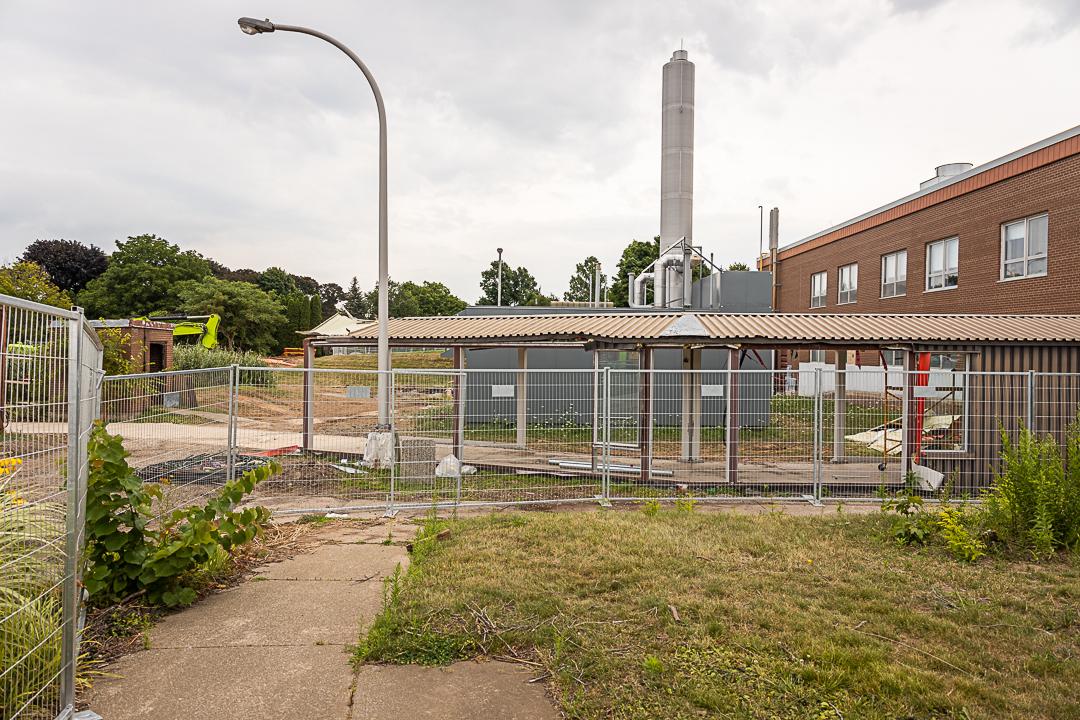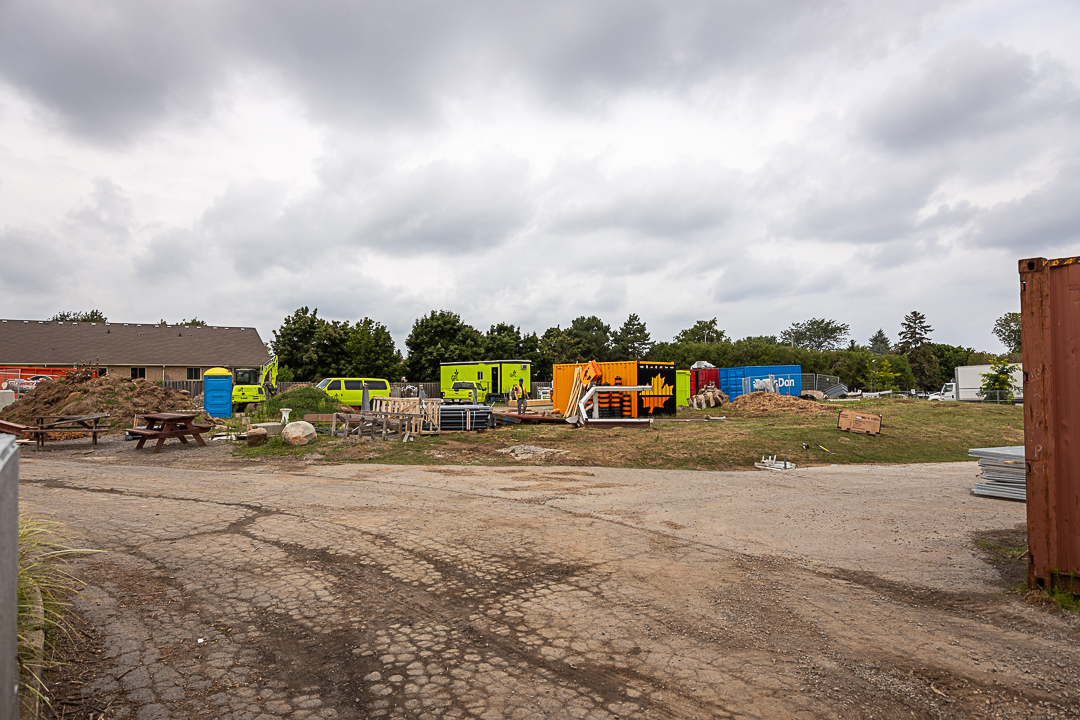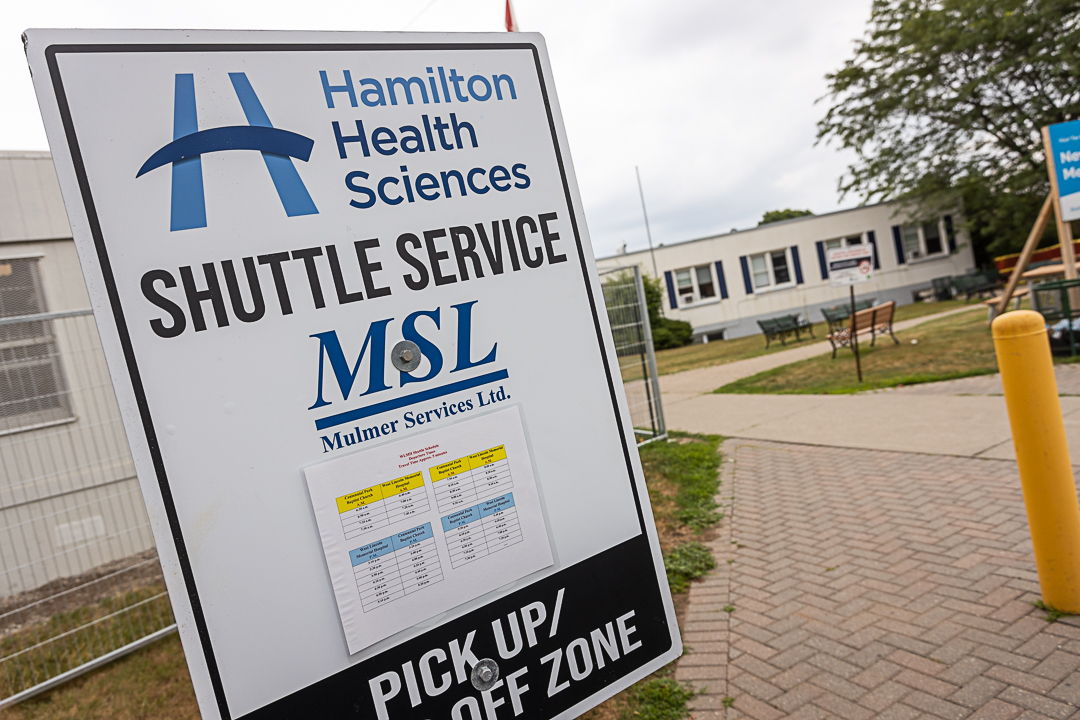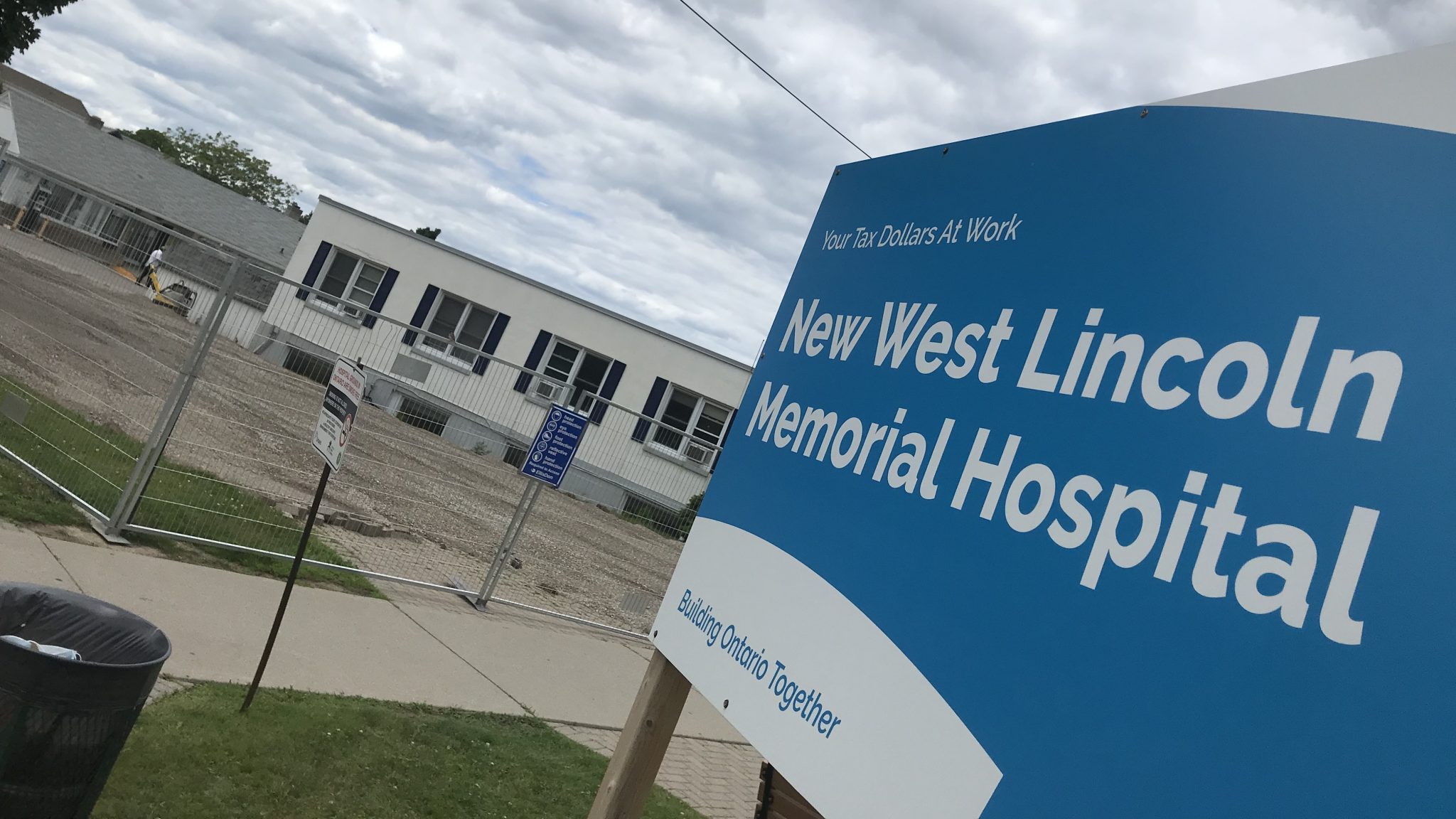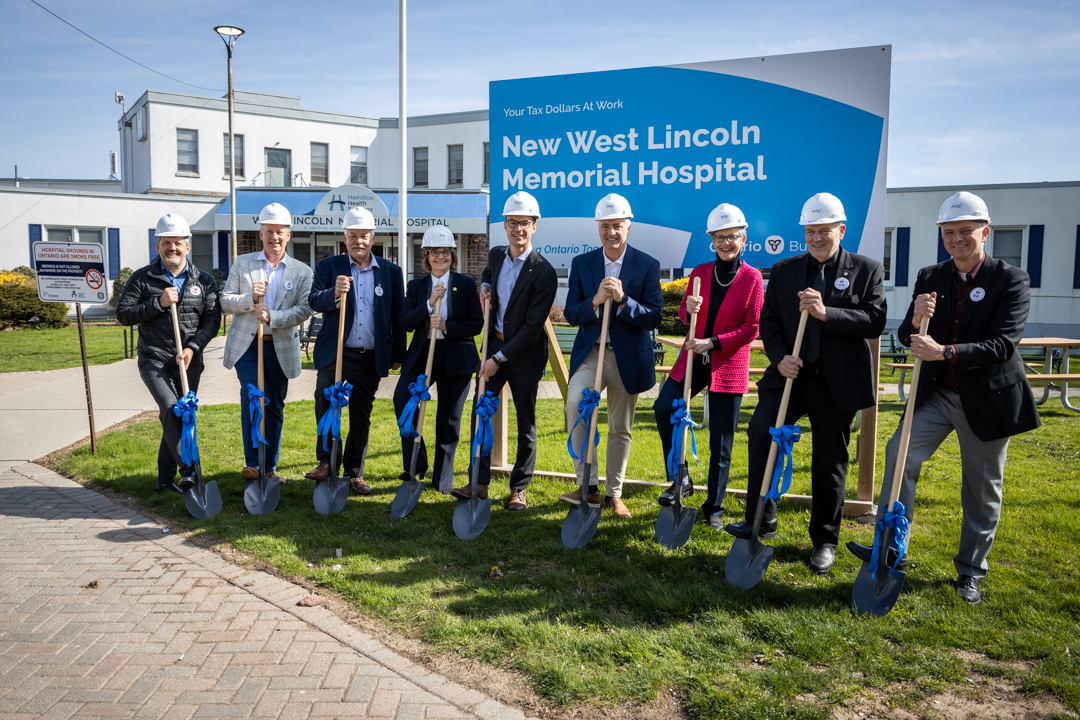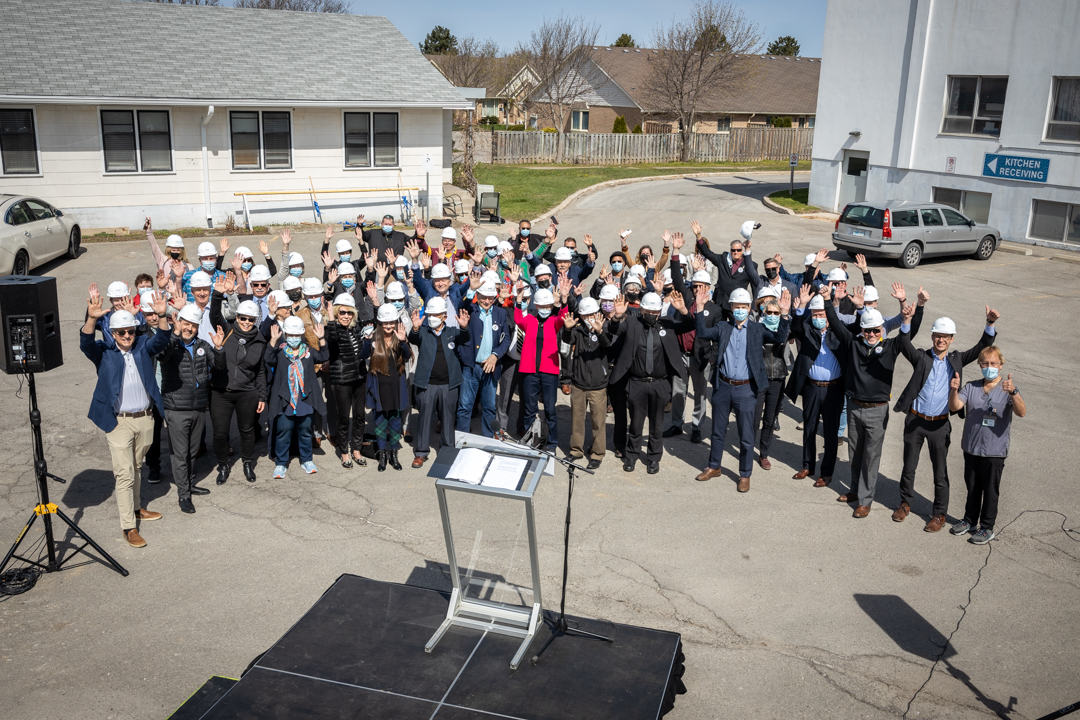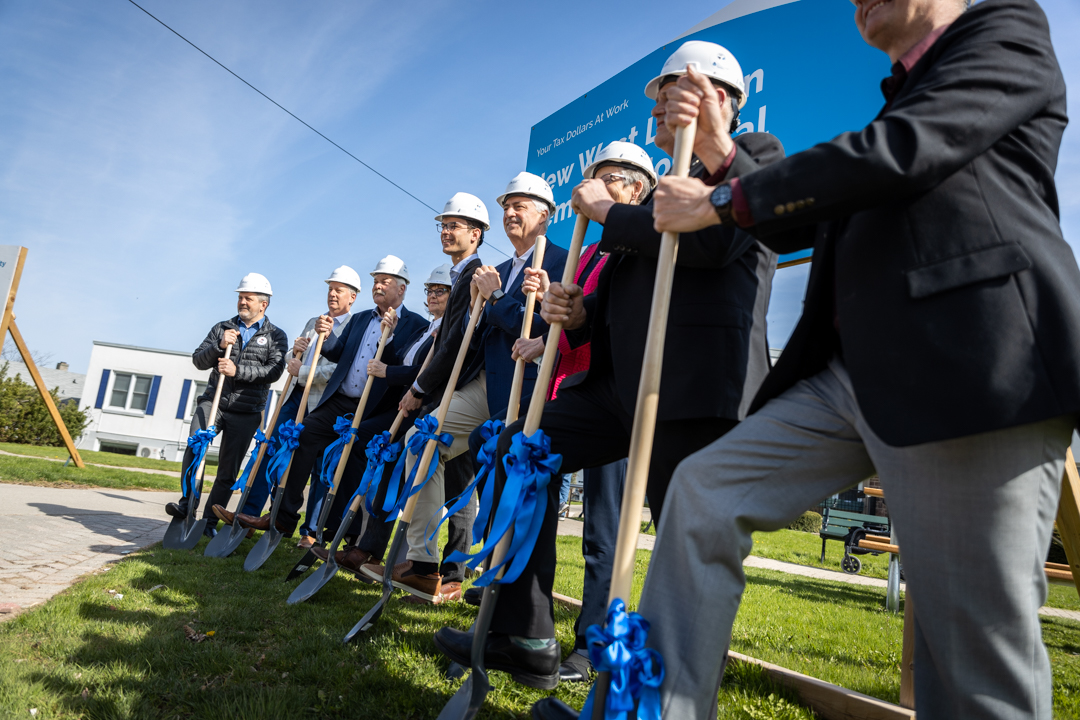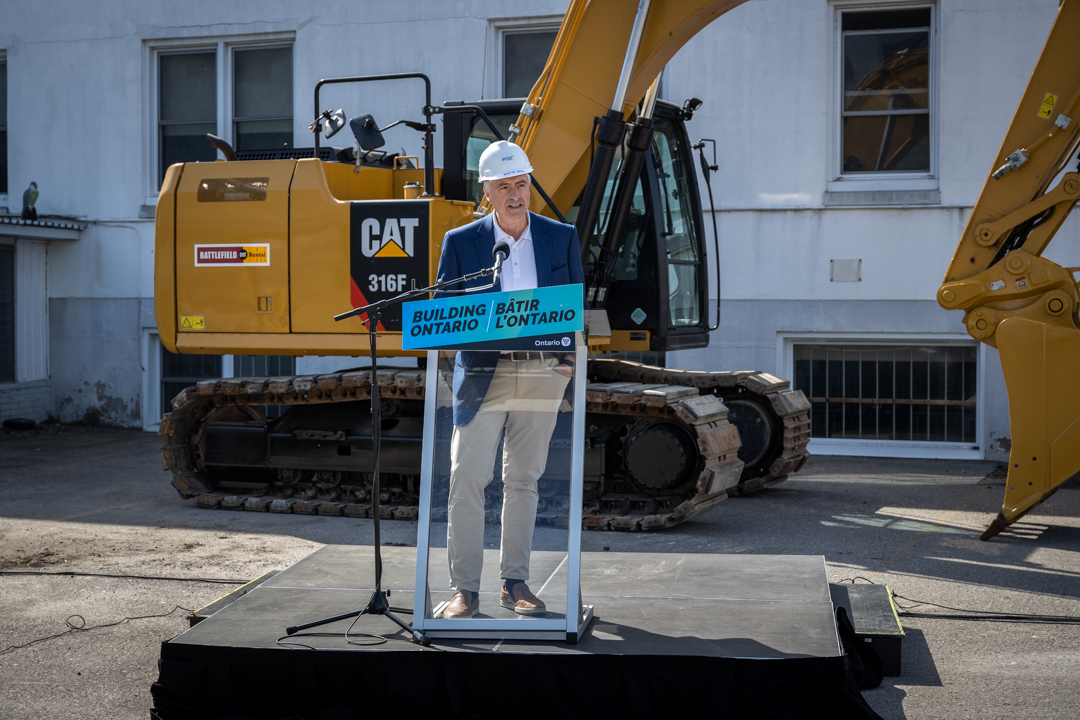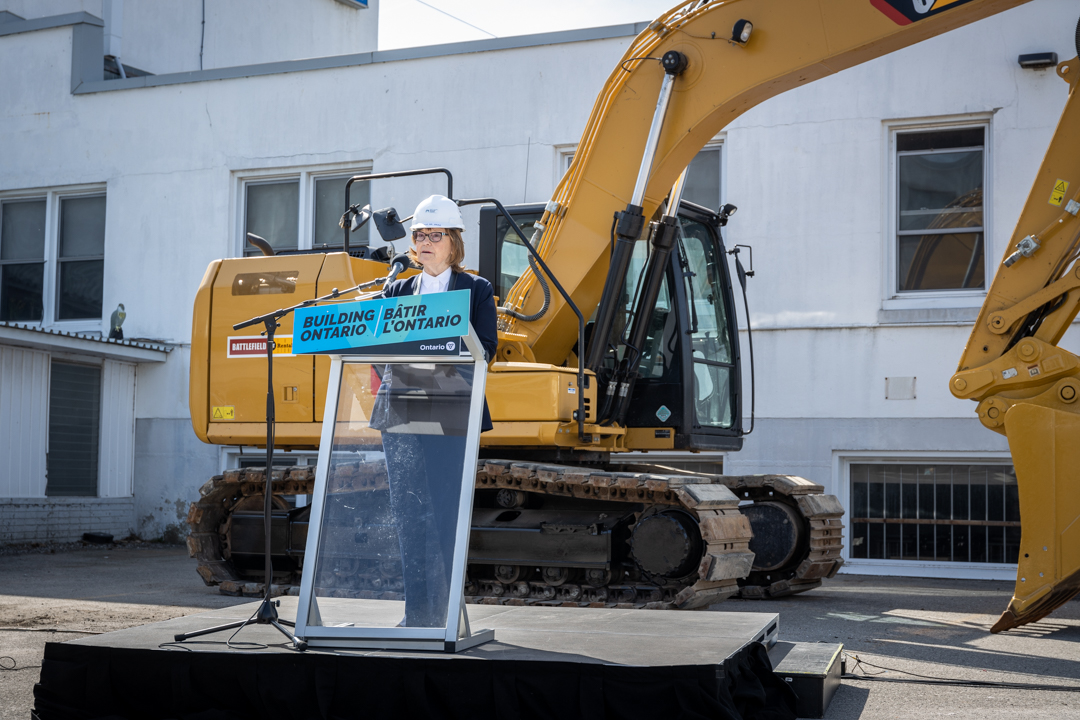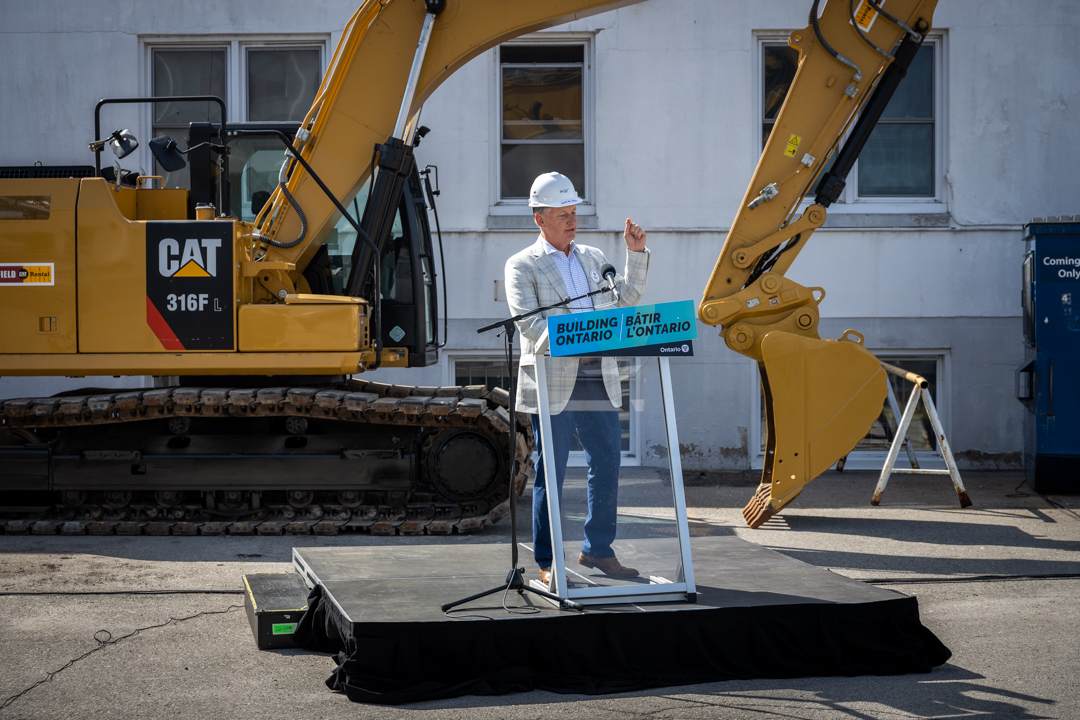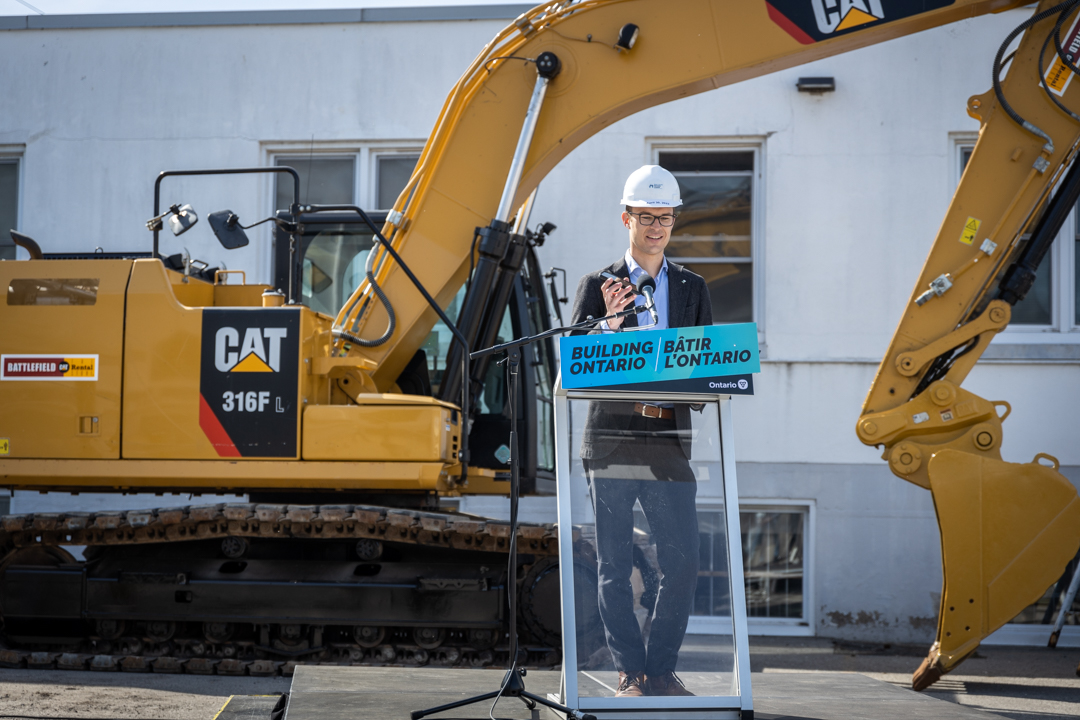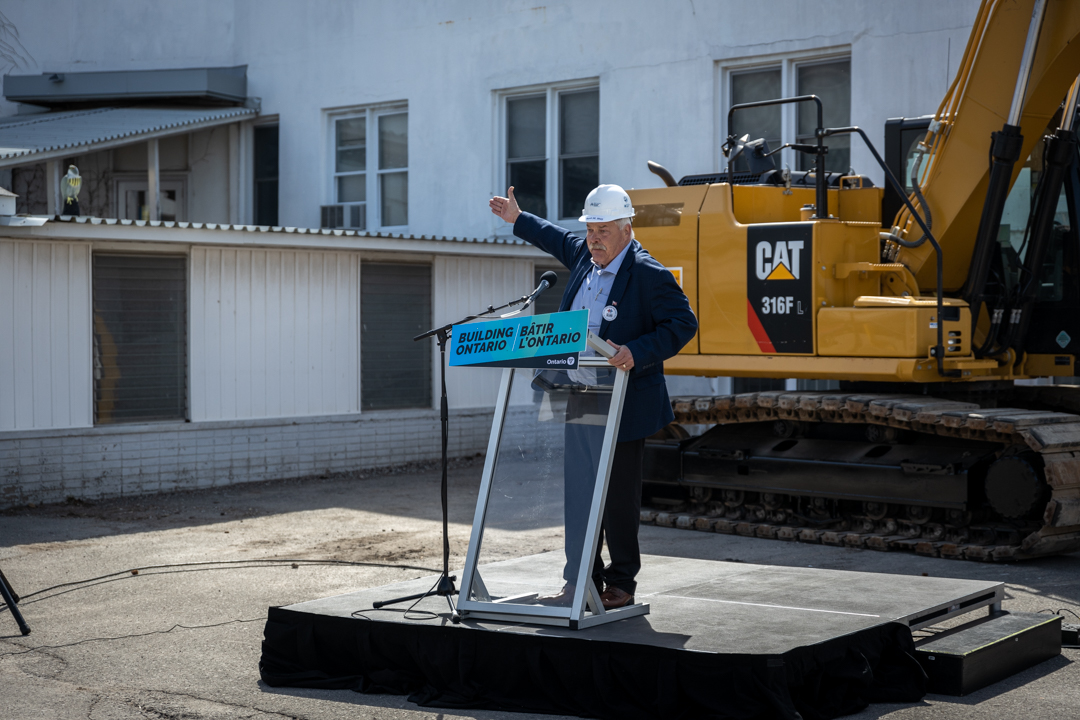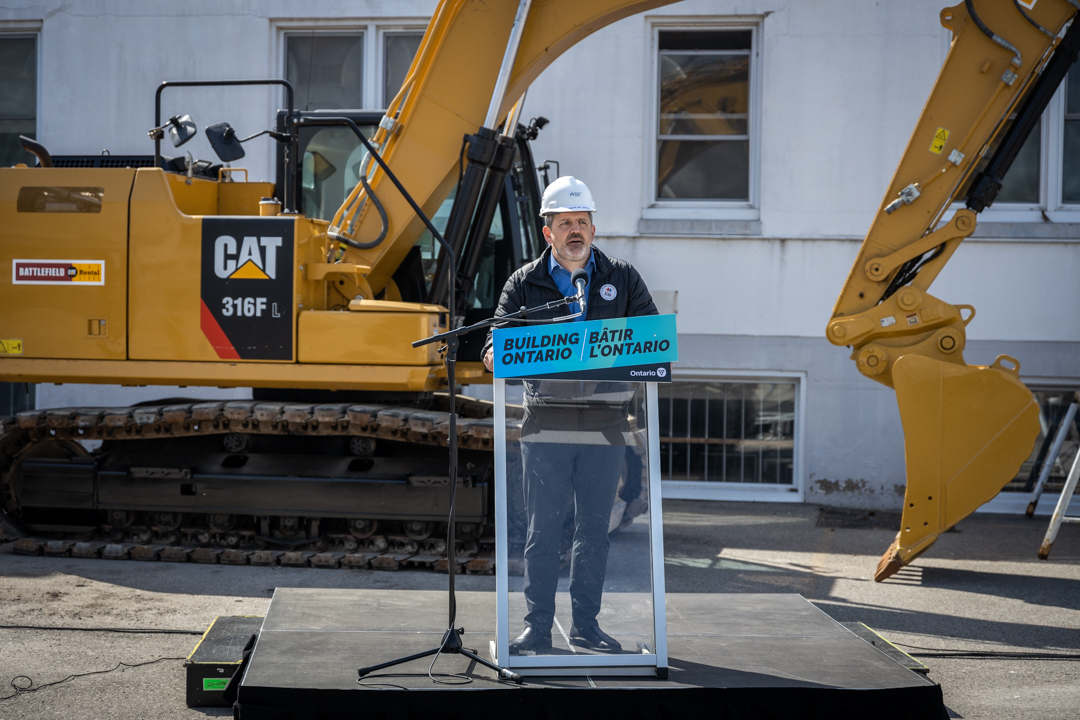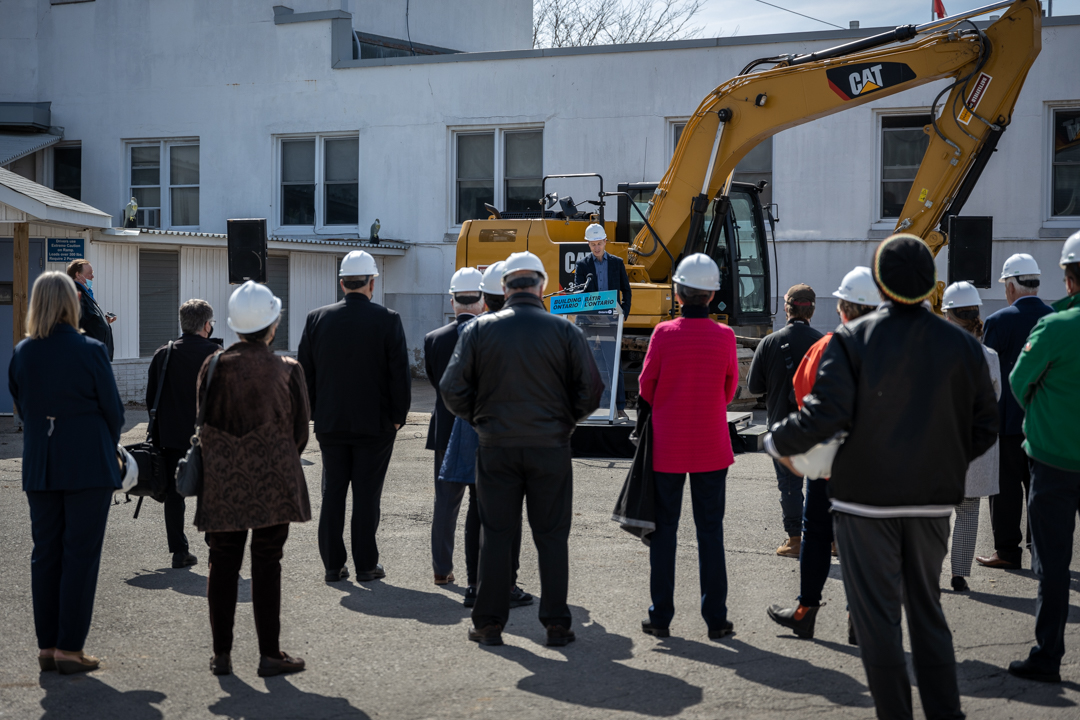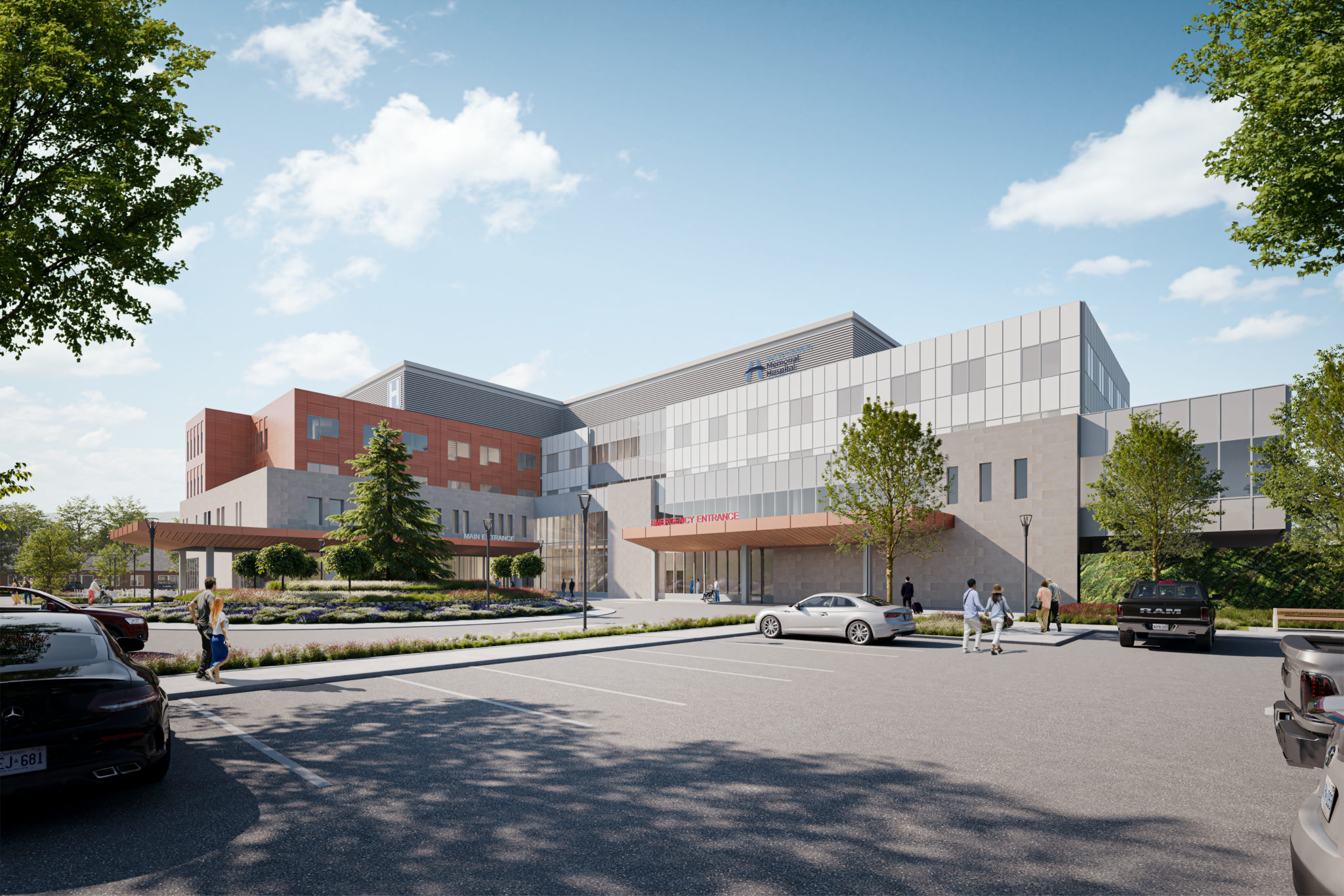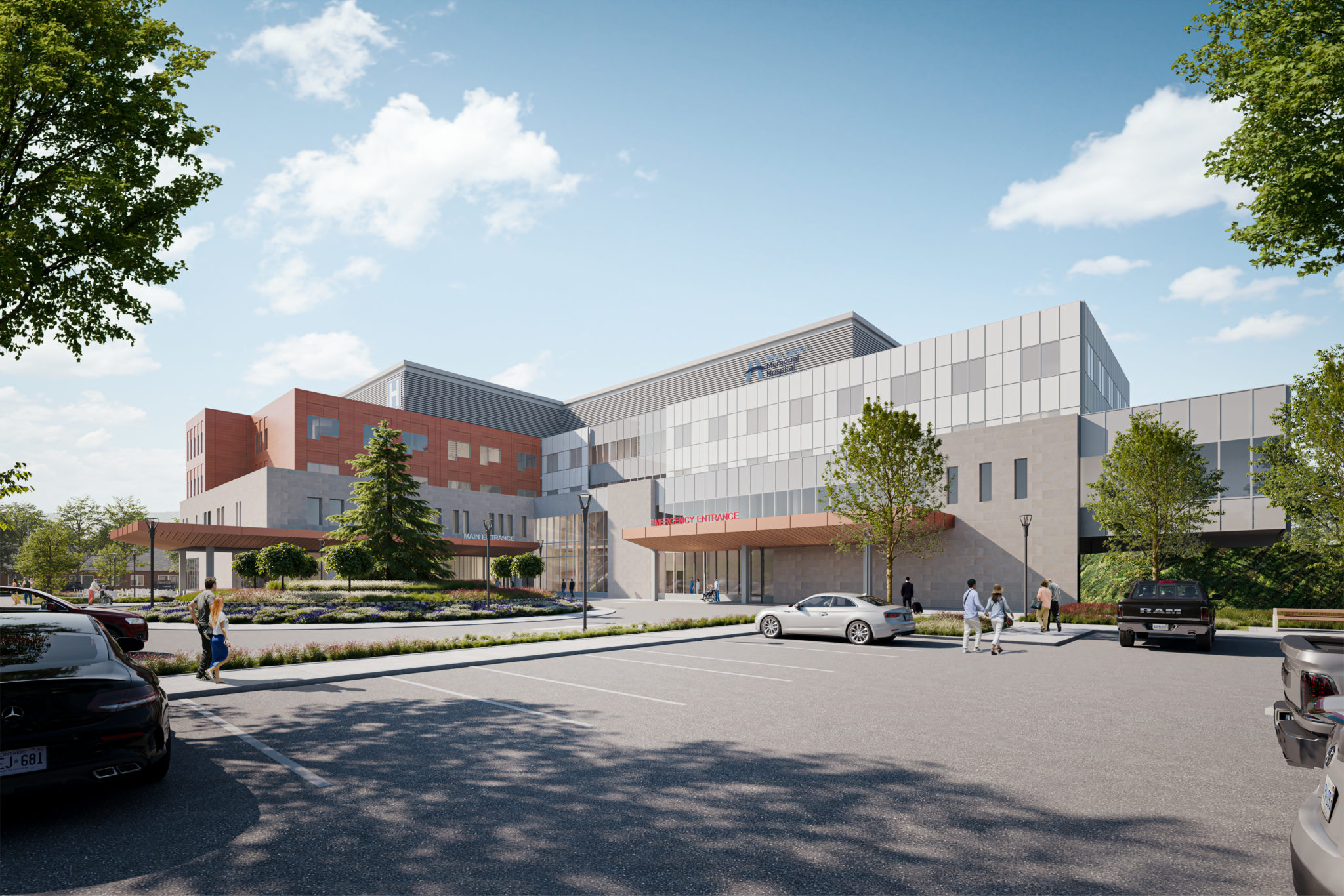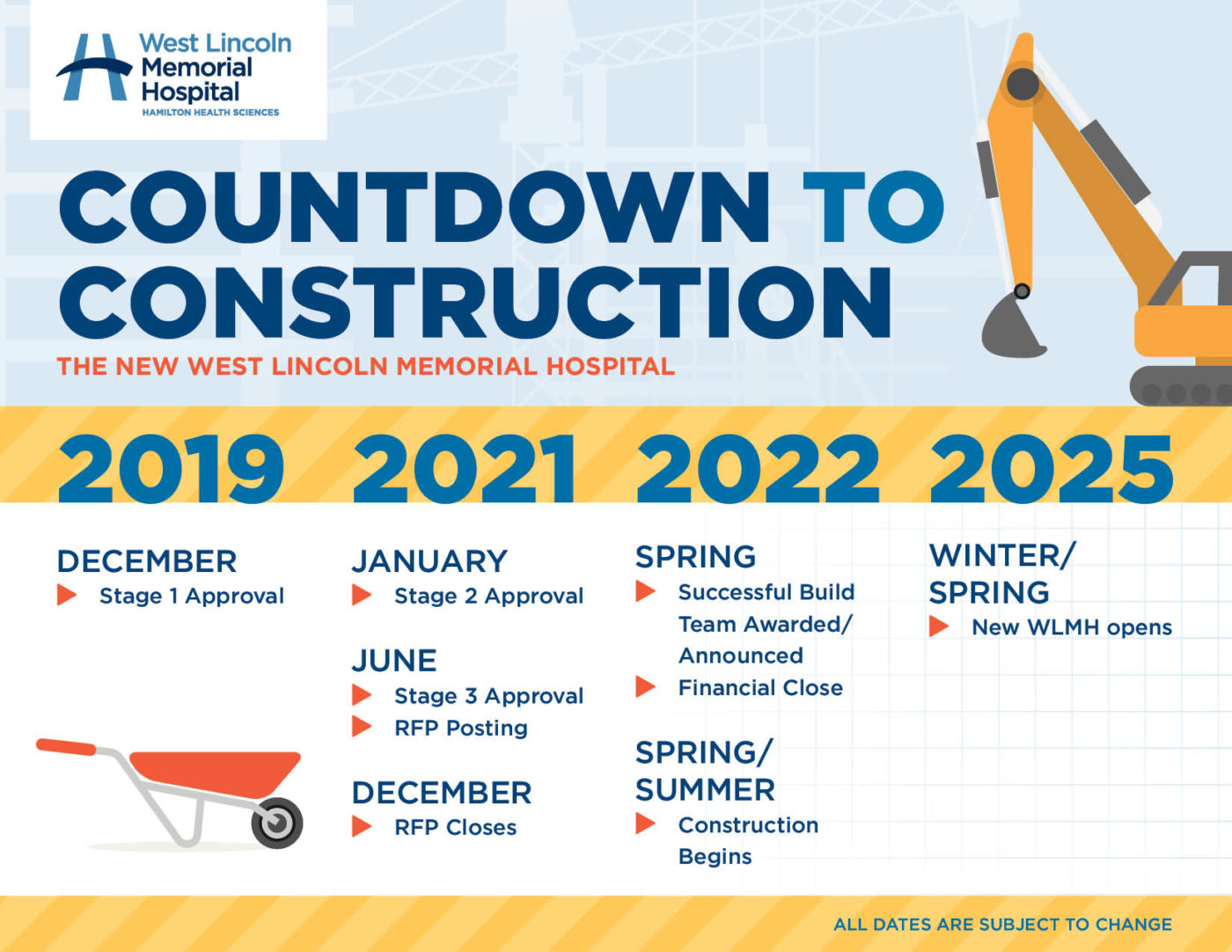‘It’s a fabulous opportunity’ says WLMH volunteer patient advisor
Providing health care is the core business of hospitals. It is good practice that patients – the recipients of that care – are involved in planning and quality improvement. More and more, patients across Hamilton Health Sciences (HHS) are taking part in how care is designed and delivered.
“Patients and families need to be at the table,” said Dawn Sidenberg, manager of patient experience at HHS. “Everything we do impacts the patient or their family. So, if it impacts them, shouldn’t they be included in the process to improve what we do?”
The most direct way patients get involved is by becoming a Patient and Family Advisor with the hospital. Advisors are volunteers who take part in a diverse range opportunities across the hospital system, bringing their lived experience as a patient or family member of a patient and building that into plans, policies and processes aiming to improve future patient care and experience.
“Our advisors have a wide range of experiences and are truly valued. The value is reflected in the input we have received and implemented into projects to date,” said Sidenberg.
At West Lincoln Memorial Hospital (WLMH), advisors are needed across the site, but have the unique opportunity of helping design care in the existing hospital, while also planning for the new one being built.
“We’re at a critical point in the evolution of this site,” said Catherine Duffin, director of community programs and site administrator at WLMH. “We have the opportunity to look at how care is currently provided while also asking what kind of environment we want to create in the new hospital. Are processes working? What should stay the same and what could change? We need to integrate families into these discussions so when we open the doors on the new hospital, it’s the best possible experience for everyone.”
Patient voices are already being actively heard in this work. Ellen Marginson spent much of her career as a social worker in the hospital environment and was encouraged to sign up to become a patient and family advisor by a family member.
“I was working at McMaster Children’s Hospital when the new pediatric emergency department was being constructed, so I got to see the process as an employee. Being a member of the community is a different but equally important way to approach this project which will impact the community for many years,” said Marginson, who is part of the operational readiness planning group for the new hospital.
No professional health care experience is required to become a patient advisor, just recent experience as a patient or a family member of a patient at an HHS site. Marginson encourages others in the community to step forward and raise their voice.
“As a member of the community, I think it’s a fabulous opportunity to have a say in how our local hospital grows and how it functions. When I speak to others, I say that ‘this is our time.’ Once the hospital is built, the opportunity won’t always be there. This is our opportunity to have a say.”
The demand for patient and family advisors is strong across HHS. As volunteers, advisors determine what time commitment makes sense and what type of opportunities interest them. For those who want more involvement, advisors can take part in established committees. An example being the family council at McMaster Children’s Hospital which meets regularly to discuss and advise on programming and potential changes affecting pediatric care. Advisors have also been embedded into time-limited capital projects, like the stem cell therapy unit expansion at Juravinski Hospital and Cancer Centre which opened in 2020. Many opportunities also exist on a casual basis, like reviewing and editing patient information materials for readability or looking at design and placement of signage at hospital sites. All input is valued and respected
Increasingly, HHS is seeing great success bringing patient advisors into early phase project design. A concept called “co-design.”
“Co-design is when a patient advisor is paired up with a clinical team looking to address an operational challenge. They are fully embedded with the team from the beginning, figuring out the challenges and putting a plan in place to create a change or a solution together. These usually start as pilot projects for a certain period of time and decisions are made about making them permanent. Our experience shows that patient advisors working in this collaborative way is absolutely instrumental toward creating a great outcome,” said Sidenberg.
A recent success story is the essential care partner program. During the pandemic, visitors were restricted for periods of time to reduce the number of people in the hospital. This naturally impacted patients’ experience while in hospital care. A project team, including a patient advisor, was assembled and a framework for identifying essential care partners was designed. It is now being piloted on two hospital units (one at Juravinski site, one at Hamilton General site) with promising results.
“If we only come at our work from one perspective – the provider perspective – we’re missing a vital piece. Our care providers are experts and great at what they do. Patients are experts, too,” said Sidenberg.
Anyone interested in becoming a patient and family advisor can find more information on HHS’ website or they can contact the Office of Patient Experience at patientexperience@hhsc.ca.


